Introduction:
Riding a motorcycle can be an exhilarating experience, but it comes with inherent risks. Understanding and implementing effective safety tips is essential for minimizing these risks and ensuring a safe ride. This comprehensive guide covers various aspects of motorcycle safety, including protective gear, riding techniques, awareness, and maintenance. By following these detailed tips, riders can significantly enhance their safety on the road.
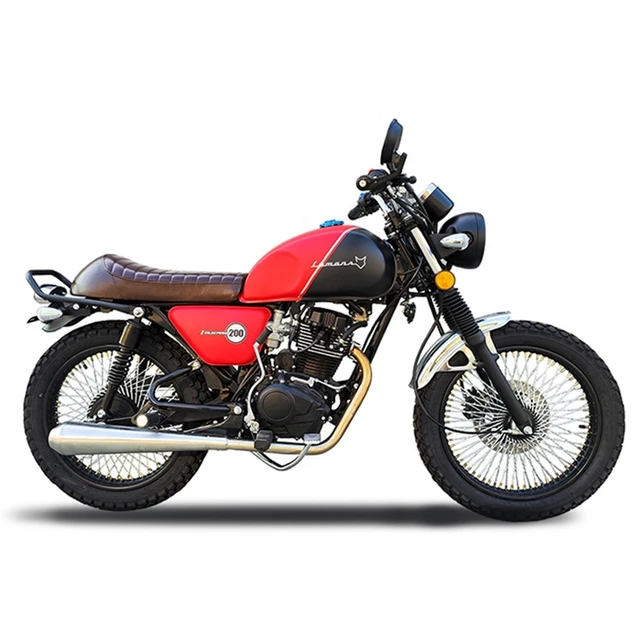
Motorcycle Safety Tips:
How Can You Ride Safely and Reduce Risks on the Road?
Protective Gear:
What Essential Gear Should a Motorcyclist Wear?
Wearing appropriate protective gear is the first line of defense in the event of an accident or fall.
Helmets:
Head Protection:
DOT/ECE Certification: Always wear a helmet that meets DOT (Department of Transportation) or ECE (Economic Commission for Europe) certification standards. These certifications ensure the helmet provides adequate protection.
Full-Face Helmets: Opt for a full-face helmet to protect your entire head, including the jaw. Full-face helmets offer better protection compared to open-face or half-helmets.
Visibility and Comfort: Choose a helmet with an anti-fog visor to maintain visibility in varying conditions. Ensure the helmet fits snugly but comfortably, and replace it after any significant impact.
Jackets and Pants:
Upper and Lower Body Protection:
Abrasion-Resistant Materials: Invest in motorcycle-specific jackets and pants made from abrasion-resistant materials such as leather, Kevlar, or specialized textile fabrics. These materials protect your skin from road rash in the event of a slide.
Built-In Armor: Look for gear that includes built-in armor at critical impact points like shoulders, elbows, knees, and hips. Removable armor allows you to customize your level of protection.
All-Weather Options: Consider all-weather gear that provides thermal insulation and waterproofing for varying riding conditions. Layering can also help adapt to temperature changes during your ride.
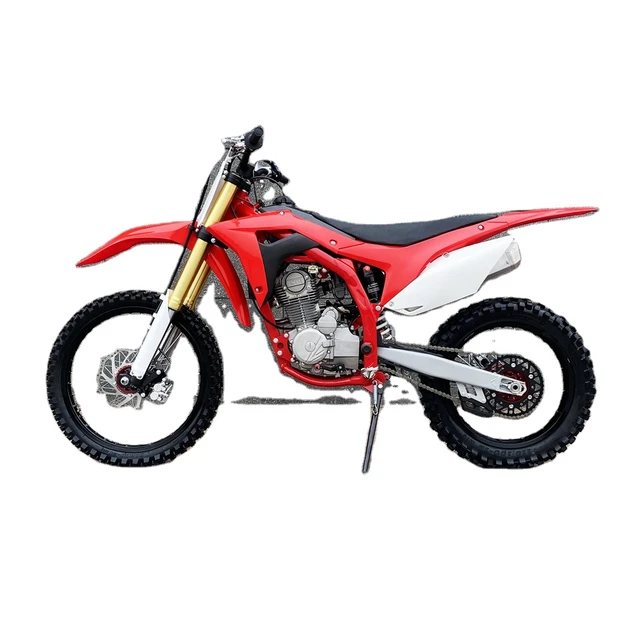 Gloves:
Gloves:
Hand Protection:
Full-Finger Gloves: Choose full-finger gloves that offer complete protection for your hands. Gloves should be made from durable materials like leather or textile, with reinforced palms and knuckle protection.
Grip and Control: Ensure gloves provide a good grip on the handlebars and are comfortable enough not to restrict movement or control.
Boots:
Foot and Ankle Protection:
Over-the-Ankle Boots: Wear over-the-ankle boots to provide protection and support for your feet and ankles. Boots should be made from sturdy materials and have non-slip soles for better grip.
Impact Protection: Look for boots with reinforced toe boxes, heel protection, and ankle guards. Fastening mechanisms like buckles or laces should be secure and prevent the boots from coming off in an accident.
Riding Techniques:
How Can You Improve Your Riding Skills and Safety?
Developing effective riding techniques enhances your control and safety on the road.
Braking and Acceleration:
Smooth and Controlled:
Progressive Braking: Apply brakes progressively rather than abruptly to avoid skidding. Use both the front and rear brakes in combination to balance stopping power and control.
Engine Braking: When decelerating, use engine braking by downshifting through gears. This technique reduces wear on the brake components and provides smoother stopping.
Throttle Control: Gradually roll on the throttle when accelerating to maintain control and avoid losing traction. Sudden acceleration can cause the front wheel to lift or the rear wheel to spin.
Cornering:
Safe Turns:
Look Through the Turn: Always look through the turn towards the exit point. Keeping your eyes focused on the path ahead improves balance and control.
Lean Angle: Lean with the motorcycle in turns, keeping your body aligned with the bike. Avoid excessive leaning, which can destabilize the bike.
Slow In, Fast Out: Approach corners at a controlled speed and begin accelerating gradually as you exit. This technique ensures better traction and stability through the turn.
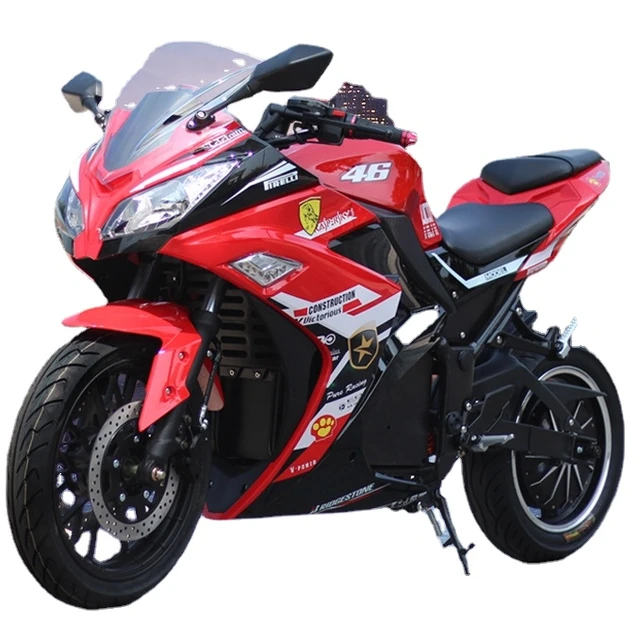 Lane Positioning:
Lane Positioning:
Visibility and Safety:
Buffer Space: Maintain a safe distance from other vehicles, keeping a buffer space to allow for sudden stops or swerves. Use the “two-second rule” to ensure adequate following distance.
Position for Visibility: Position yourself in the lane where you are most visible to other drivers, typically in the left or right tire track. Avoid riding in blind spots and use your lane position to anticipate and react to road conditions.
Intersection Awareness:
Enhanced Vigilance:
Approach with Caution: Slow down and cover your brakes when approaching intersections. Be prepared for vehicles that may not see you or may run red lights.
Eye Contact: Make eye contact with drivers at intersections whenever possible. This reduces the likelihood of them turning in front of you unexpectedly.
Condition Awareness:
How Can You Stay Alert and Aware While Riding?
Being aware of your surroundings and the conditions plays a crucial role in motorcycle safety.
Road Surface and Weather:
Adapting to Conditions:
Hazard Detection: Stay alert for road hazards like potholes, debris, oil spills, and gravel. Adjust your speed and lane position to avoid these hazards safely.
Weather Adaptation: Adapt your riding for different weather conditions. Wet or icy roads reduce traction, so ride more cautiously, brake gently, and avoid sudden maneuvers.
Night Riding:
Enhanced Visibility:
Bright and Reflective Gear: Wear bright and reflective gear to increase your visibility to other road users. Reflective strips on your helmet, jacket, and bike enhance your presence in low-light conditions.
Proper Lighting: Ensure your motorcycle’s headlights, tail lights, and indicators are in working order. Use your high beams when appropriate to improve your visibility and sight range.
Rider Fatigue:
Staying Alert:
Take Breaks: Plan regular breaks during long rides to prevent fatigue. Stretch, hydrate, and rest to maintain alertness and reaction time.
Monitor Condition: Be aware of signs of fatigue such as drowsiness, slowed reaction times, or impaired judgment. If you experience these symptoms, stop and rest before continuing your ride.
Defensive Riding:
What Strategies Can Enhance the Safety of Your Ride?
Defensive riding involves anticipating potential hazards and taking proactive steps to avoid them.
Scanning and Anticipation:
Being Proactive:
360-Degree Scanning: Constantly scan your surroundings and use your mirrors to be aware of vehicles around you. This broad awareness helps you detect potential hazards early.
Predicting Behavior: Anticipate the actions of other road users. Look for signals, brake lights, and lane changes, and be prepared to react defensively.
Escape Routes:
Planning Ahead:
Identifying Paths: Always identify potential escape routes when navigating traffic. Knowing where to go in an emergency helps you react quickly and safely.
Space Cushion: Maintain a space cushion around your motorcycle to provide room for maneuvering. This buffer zone allows you to react to sudden obstacles or changes in traffic flow.
Communicating Intent:
Using Signals:
Proper Indicators: Use your indicators well in advance of turns or lane changes to notify other road users of your intentions. This clear communication reduces misunderstandings and potential collisions.
Hand Signals: In addition to mechanical signals, use hand signals when appropriate to increase your visibility and reinforce your intentions to other drivers.
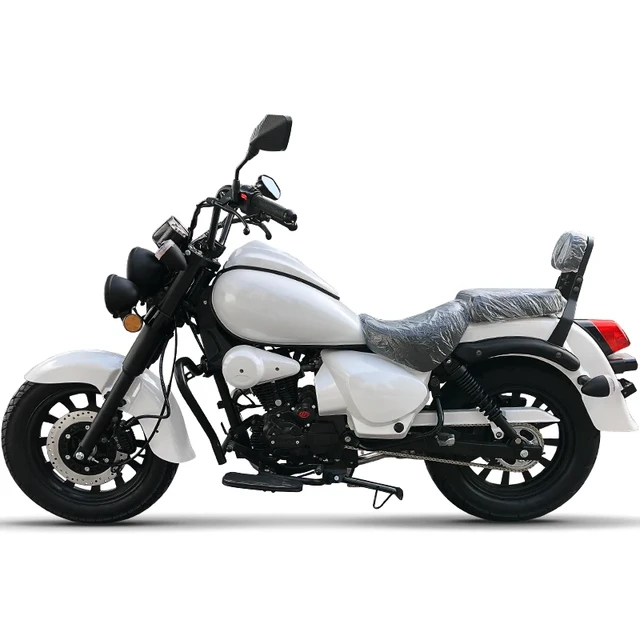 Maintenance and Inspection:
Maintenance and Inspection:
How Do Proper Maintenance and Regular Inspections Contribute to Safety?
Regular maintenance and inspections ensure your motorcycle remains in optimal condition, reducing the risk of mechanical failures.
Pre-Ride Checks:
Routine Inspections:
T-CLOCS Method: Use the T-CLOCS method (Tires, Controls, Lights, Oil, Chassis, Stands) to perform a thorough pre-ride inspection. Check tire pressure and tread, controls, lighting, oil levels, chassis components, and stands.
Brake Function: Test your brakes before every ride to ensure they respond effectively. Adjust or service the brake system if you notice any issues like soft brake levers or reduced stopping power.
Tire Maintenance:
Ensuring Traction:
Proper Inflation: Maintain the manufacturer-recommended tire pressure for optimal traction and handling. Under-inflated or over-inflated tires can impair your ability to control the motorcycle.
Tire Wear: Regularly inspect tires for signs of wear, damage, or punctures. Replace tires with worn treads or visible damage to maintain safety.
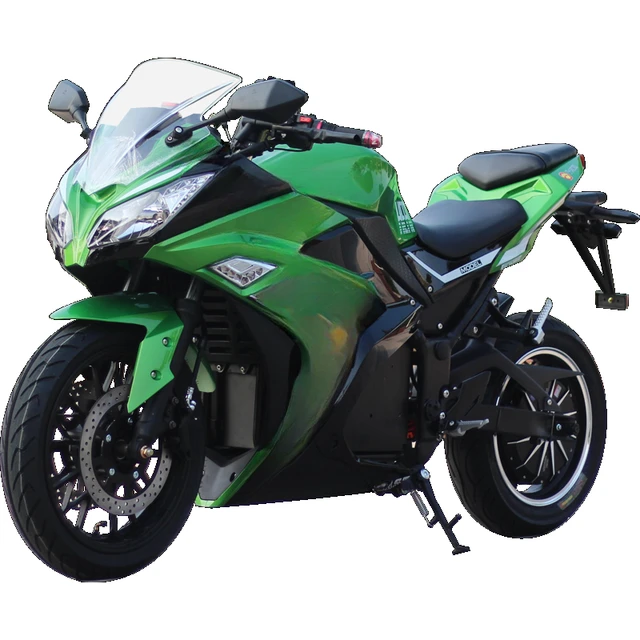 Fluid Levels:
Fluid Levels:
Engine and Components Health:
Oil and Coolant: Monitor oil and coolant levels and top up as needed. Regular oil changes and coolant flushes keep the engine and components running smoothly.
Brake and Clutch Fluid: Check brake and clutch fluid levels regularly, ensuring they are within the recommended range. Contaminated or low fluid levels can compromise braking and control.
Chain and Drive:
Power Transfer Efficiency:
Chain Tension: Ensure the drive chain has the correct tension and is properly lubricated. A loose or dry chain can cause poor power transfer and increased wear.
Belt and Shaft Drive: If your motorcycle uses belt or shaft drive, inspect these components for wear and follow manufacturer guidelines for maintenance.
Conclusion
Motorcycle safety encompasses a wide range of practices, from wearing the right protective gear to mastering riding techniques and maintaining your bike in top condition. By wearing DOT/ECE-certified helmets, jackets with built-in armor, full-finger gloves, and over-the-ankle boots, riders ensure they are protected in case of an accident. Mastering braking, acceleration, cornering, and lane positioning enhances control and safety. Staying aware of road and weather conditions, as well as practicing defensive riding techniques like 360-degree scanning, anticipation, and maintaining a space cushion, helps prevent accidents. Regular maintenance and pre-ride inspections are crucial for identifying and addressing potential mechanical issues before they become hazards. By implementing these detailed motorcycle safety tips, riders can enjoy their rides while minimizing risks and ensuring a safer journey on the road.











